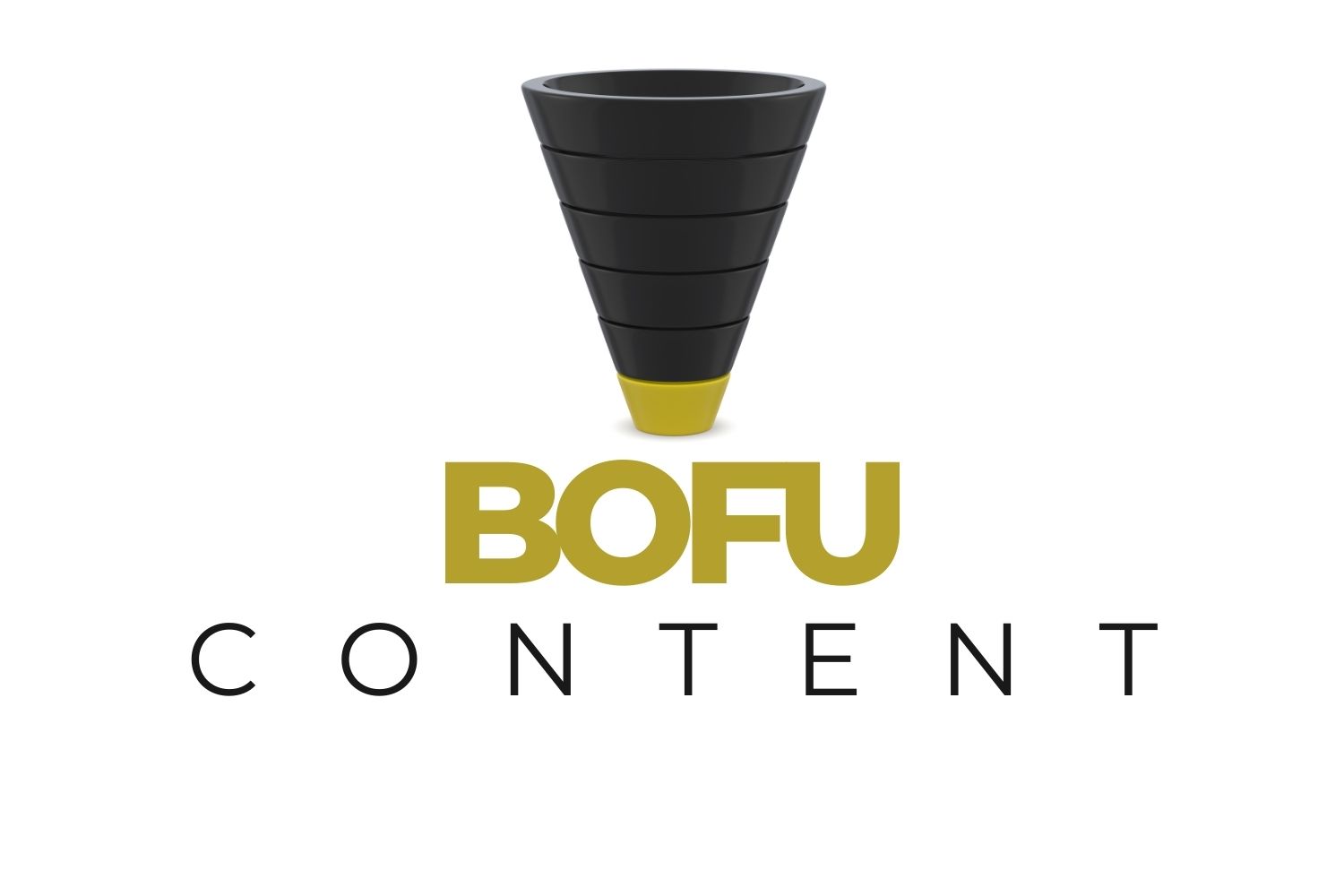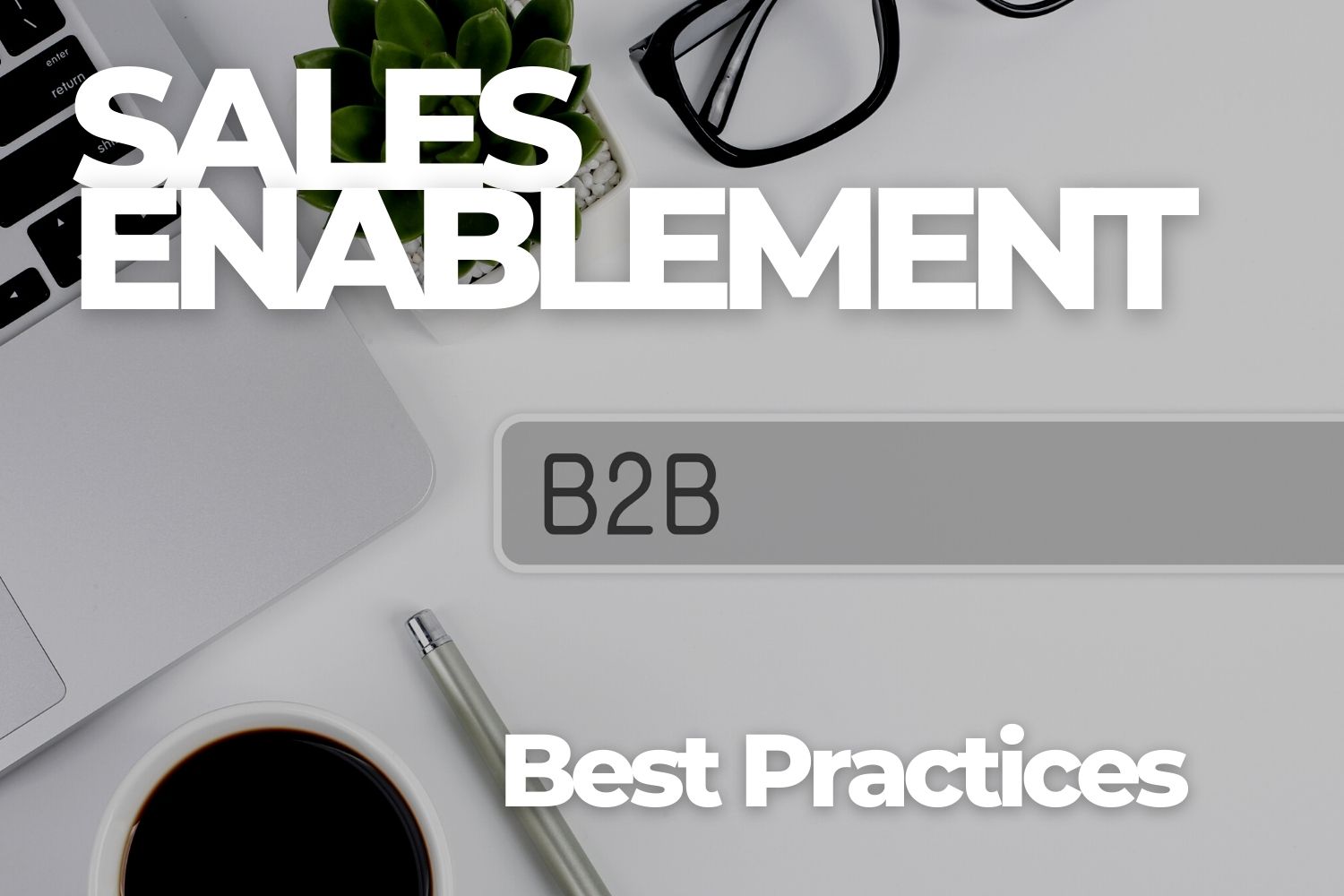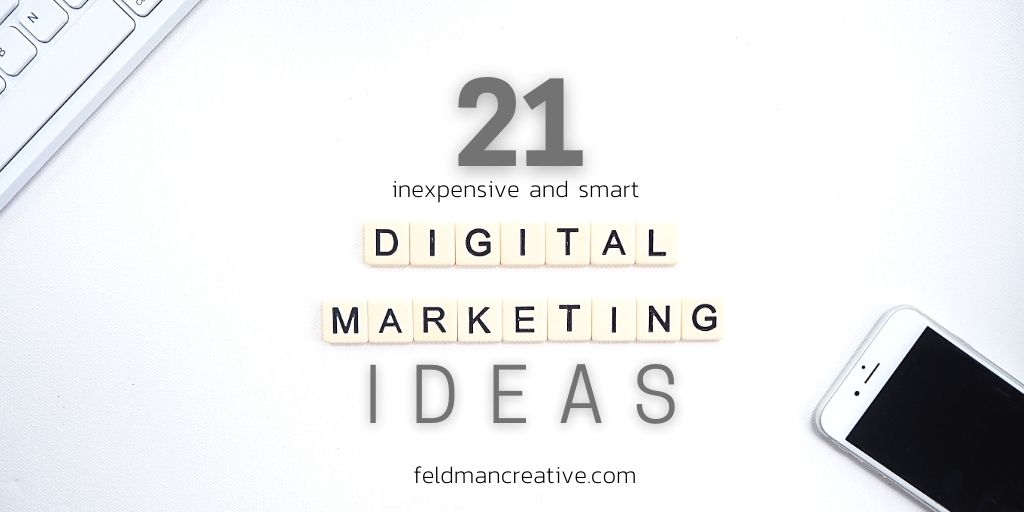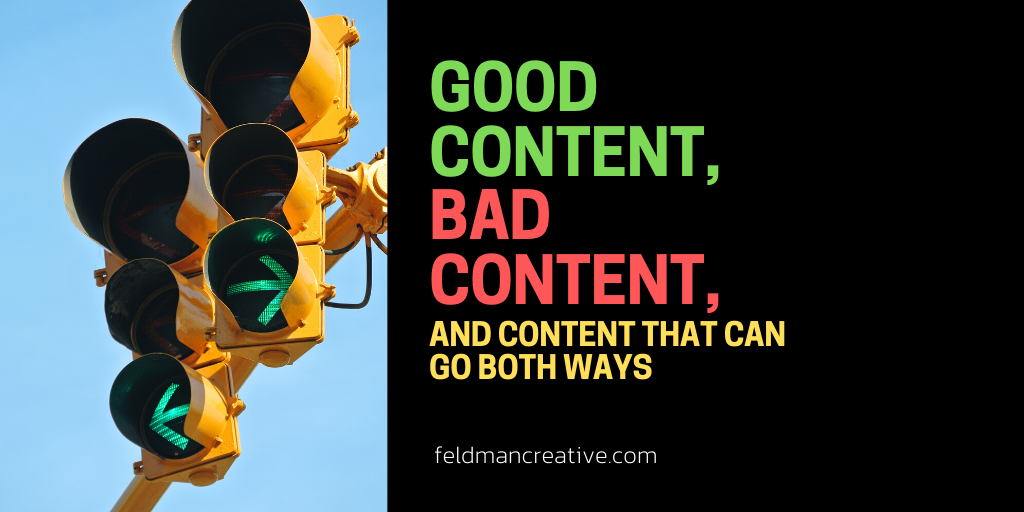Today a talented musical artist will release a new album. They sound fresh. They combined forms to create something original and compelling—as artists do.
In an effort to elevate the marketability of the music, someone is bound to label it a category you and I have never heard before. Maybe the best reference to the musical style is reggae. One of the musicians even has dreadlocks. The triggers are there so we have a starting place in which to file it.
But wait. It’s not reggae as we know it. It has a rap element to it. Best to call it reggae rap. Or do we call that hip-hop? Nah. That’s not new. Trip hip? Zip hop? iHop? eHop? Rock hop? Pop hop? Pop rock?
This isn’t working.
We do this in marketing.
The most effective approach to marketing isn’t advertising, or PR, or SEO, content marketing, inbound marketing, influencer marketing, email marketing, social media marketing or any (blank) marketing.
I’ll spare you the rest of the list of marketing categories. Place a noun before the word “marketing” and you have yourself a potential best seller. Pop Rock Marketing. It only sounds absurd for a moment.
But the most effective approach doesn’t go by any newfangled name. It’s simply marketing that emotionally connects your brand to enthusiastic supporters of it.
Let’s try to define the kind of marketing that actually works.
Only two types of marketers remain.
Customers don’t care what kind of marketing you do. They couldn’t care less what brand of marketing moved them. And, in fact, the more obvious it is the things you throw at them are marketing, the more likely they’ll shut it out or off.
Stew on that a sec. Do you have some free time today? If so, would you like to spend it with a telemarketer—or a direct marketer—or search engine marketer?
As a marketer, this doesn’t mean it’s time to hang ‘em up and try your hand in the fast food business. It means it’s time to focus on sneaking into people’s lives the only way that really works: by caring.
In my mind, the most effective marketers have accepted the reality there are only two types of marketing now: the kind that touches their customers and the kind that doesn’t.
If you’re a part of the second group, you’re hosed. You can call your field of expertise anything you want. “Irrelevant” might be the best choice.
It’s the thought that counts.
I read a great speech by the talented creative director Edward Boches on his blog, Creativity_unbound. He titled it “Courage, Creativity, Collaboration: How to Succeed in PR and Advertising.” Boches said:
“The lines between all the communications professions are blurring and we should welcome, encourage and hasten the tearing down of any remaining walls. Great ideas don’t know whether they’re PR, advertising, or social.”
His thesis: the silos we build hinder our ability to generate the ideas that resonate in the market. He says (paraphrased), the truly big ideas that build trust and enhance reputation involve users and effect change by blurring lines and breaking down walls.
In the age of new media, progressive brands aiming to connect to their customers have become media companies. Ideas are their assets. Customers aren’t looking for blogs any more than they are ads.
They’re looking for help. They’re looking for useful, game-changing ideas that blend media forms. They’re looking for smart thinking.
The winners embrace collaboration.
Agencies (and brands) clinging to the communications category they know best are headed south. The ones rising—those behind the effective marketing that is invoking worldwide conversation—are those creative and courageous enough to collaborate.
The most effective approach to marketing is the collaborative approach. And the collaboration can come in so many forms—not just between marketing departments, but between any departments, or entities. Between partners. Between media. Between customers.
Sharpie does it with their community sourced “Uncap what’s inside.”
Red Bull does it with their insanely exciting multimedia approach to extreme sports.
American Express does it with their inspiring Open Forum for small businesses.
Ford has does it by making their customers the heroes at FordSocial.
New Belgium Brewing does it with every idea it brews.
Skittles does it with their colorful Facebook campaign, “Experience the Rainbow.”
Duncan Hines does it with the delicious #bakingseason resources.
Burberry does it with their “Art of the Trench” user generated content center.
You can do it too. Cross out the title on your business card. Abandon expectations. Let go and go collaborate.










Comments
Weekly Web Gems: Top Shelf Copy's Online Marketing News - Top Shelf Copy
[…] What Do You Call the Most Effective Approach to Marketing? | Barry Feldman via The Point. […]